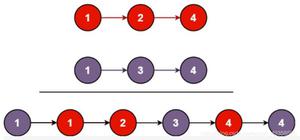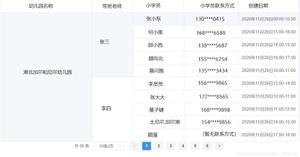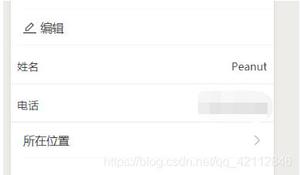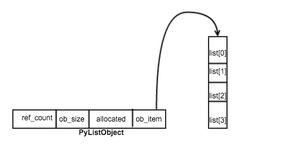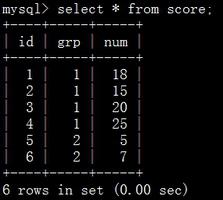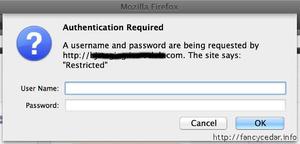Python程序创建两个未排序列表的排序合并列表
在本教程中,我们将编写一个程序,该程序合并两个列表并按排序顺序打印结果列表。让我们看一些例子。
Input:list_1 = [1, 3, 2, 0, 3]
list_2 = [20, 10, 23, 43, 56, -1]
Output:
[-1, 0, 1, 2, 3, 3, 10, 20, 23, 43, 56]
Input:list_1 = ["hafeez", "aslan"]
list_2 = ["abc", "kareem", "b"]
Output:
["abc", "aslan", "b", "hafeez", "kareem"]
让我们尝试通过以下步骤编写代码。
算法
1. Initialize the lists.2. Concatenate the two lists using + operator and store the result in a new variable.
3. Sort the resultant list with sort() method of the list.
4. Print the sorted list.
参见代码。
示例
## initializing the listslist_1 = [1, 3, 2, 0, 3]
list_2 = [20, 10, 23, 43, 56, -1]
## concatenating two lists
new_list = list_1 + list_2
## soring the new_list with sort() method
new_list.sort()
## printing the sorted list
print(new_list)
输出结果
如果运行上述程序,将得到以下输出。
[-1, 0, 1, 2, 3, 3, 10, 20, 23, 43, 56]
我们正在执行具有不同列表的同一程序。
示例
## initializing the listslist_1 = ["hafeez", "aslan"]
list_2 = ["abc", "kareem", "b"]
## concatenating two lists
new_list = list_1 + list_2
## soring the new_list with sort() method
new_list.sort()
## printing the sorted list
print(new_list)
输出结果
如果运行上述程序,将得到以下输出。
['abc', 'aslan', 'b', 'hafeez', 'kareem']
结论
以上是 Python程序创建两个未排序列表的排序合并列表 的全部内容, 来源链接: utcz.com/z/361867.html

